Water Scarcity
Introduction
Water scarcity, also known as water stress, is a critical issue affecting various regions around the globe. It refers to the lack of sufficient available water resources to meet the demands within a region. It is a complex and multifaceted problem that involves both water availability and quality.
Understanding Water Scarcity
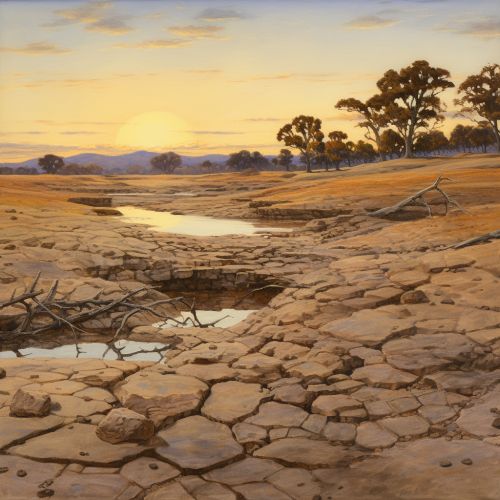

Water scarcity can be categorized into two types: physical water scarcity and economic water scarcity. Physical water scarcity refers to situations where natural water resources are unable to meet a region's demand, while economic water scarcity is caused by a lack of investment in water infrastructure or insufficient human capacity to satisfy the demand for water.
Physical Water Scarcity
Physical water scarcity is a result of inadequate natural water resources to supply a region's demand, and it can be exacerbated by drought conditions. It is most prevalent in arid and semiarid regions where available water resources are insufficient to meet the demands of human activities and ecosystems. This type of scarcity can lead to significant ecological damage, including loss of biodiversity, soil degradation, and desertification.
Economic Water Scarcity
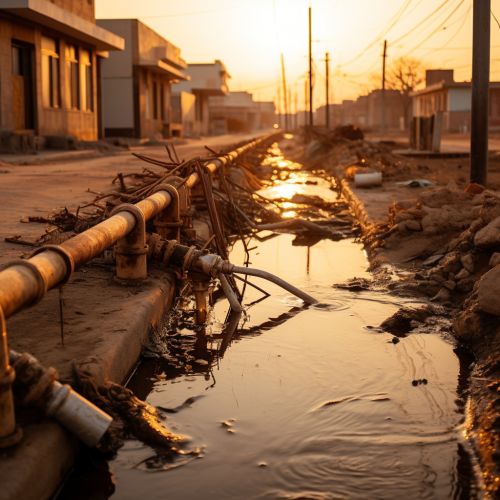
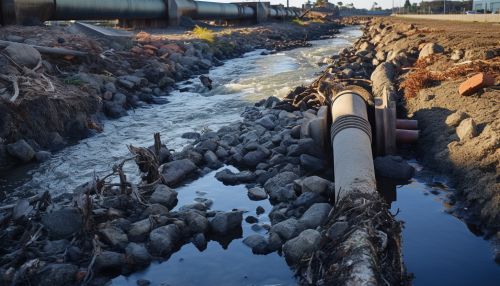
Economic water scarcity, on the other hand, is caused by a lack of investment in water or a lack of human capacity to satisfy the demand for water. Even in areas where water is plentiful, it can still be scarce if resources are not managed properly. For instance, regions with abundant rainfall may still experience water scarcity due to poor infrastructure or lack of proper water management.
Causes of Water Scarcity
Water scarcity is caused by a variety of factors, some natural and some man-made. These include climate change, overuse and waste of water, and poor infrastructure.
Climate Change

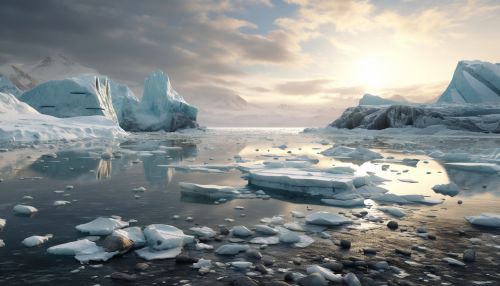
Climate change is a significant factor contributing to water scarcity. Changes in weather patterns can cause increased rainfall in some areas, leading to flooding, while other areas may experience more frequent and severe droughts. This can result in reduced water availability and increased water demand.
Overuse and Waste of Water
Overuse and waste of water are significant contributors to water scarcity. This is particularly true in regions where water is used inefficiently for agriculture, industry, and domestic purposes. Over-extraction of groundwater for irrigation and other uses can also lead to water scarcity.
Poor Infrastructure
Poor infrastructure, including inadequate water supply systems and lack of sanitation facilities, can also contribute to water scarcity. In many developing countries, water resources are often poorly managed, and infrastructure is often inadequate or non-existent.
Impacts of Water Scarcity
Water scarcity has far-reaching impacts on both people and the environment. These impacts can be social, economic, and environmental.
Social Impacts

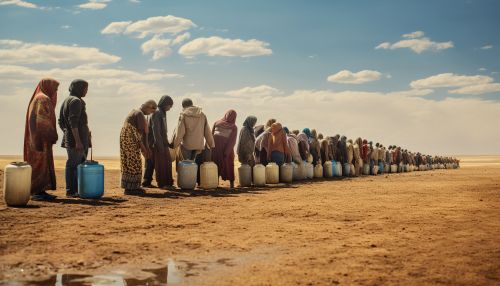
The social impacts of water scarcity can be severe. Lack of access to clean water can lead to health problems such as dehydration and diseases like cholera and dysentery. It can also lead to social unrest and conflict over water resources.
Economic Impacts
The economic impacts of water scarcity can also be significant. It can affect industries that rely on water, such as agriculture, fishing, power, and manufacturing. It can also impact tourism and other sectors of the economy.
Environmental Impacts

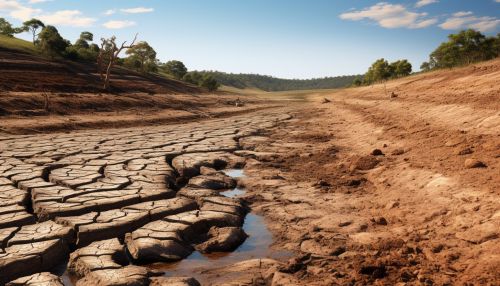
The environmental impacts of water scarcity include degradation of land and water bodies, loss of biodiversity, and changes in ecosystem functions. It can also lead to increased greenhouse gas emissions as a result of the energy needed to pump and treat water.
Solutions to Water Scarcity
There are various strategies to address water scarcity, including improving water management, investing in infrastructure, and promoting water conservation.
Improving Water Management
Improving water management is a crucial strategy in addressing water scarcity. This can involve implementing policies and practices that promote efficient use of water, such as water pricing and water rights.
Investing in Infrastructure
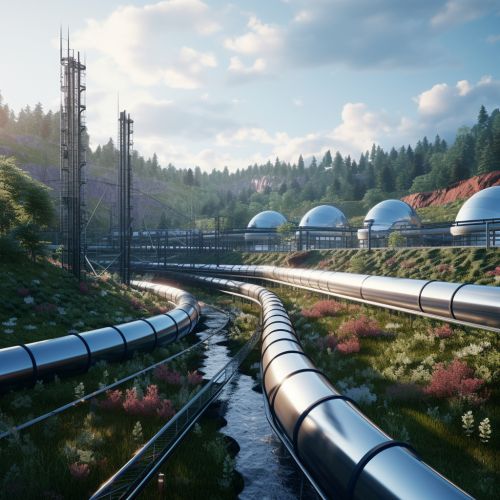

Investing in infrastructure, such as water supply systems and sanitation facilities, can also help address water scarcity. This can involve upgrading existing infrastructure or building new facilities to improve access to clean water.
Promoting Water Conservation
Promoting water conservation is another important strategy. This can involve educating the public about the importance of conserving water and implementing measures to reduce water use, such as water-efficient appliances and fixtures.
